When a rod mounted in a hand drill is dipped into a liquid and rotated, for certain non-Newtonian fluids the liquid will climb the rod - sometimes to quite spectacular heights.
Such rob climbing behaviour is referred to as the Weissenberg Effect. Shearing in the flow of the liquid concentrically around the rotating rod causes the component of the stress normal to the circular flow direction to become greater in magnitude compared to the two other mutually perpendicular components. This causes the fluid around the rotating rod to contract and be squeezed up along the axis of the rod causing it to in turn "climb" the rod.
The three different fluids shown in the video, all of which exhibit the Weissenberg effect, are: (i) a natural polymer formed from a guar gum solution crosslinked with sodium tetraborate in solution, (ii) pancake batter (flour, water and egg white), and (iii) a dyed synthetic polymer consisting of white glue which has again been crosslinked with sodium tetraborate in solution.
This is a great science experiment to do with your kids. Watch this how to video and you will be able to create the Weissenberg effect at home.
Just updated your iPhone? You'll find new emoji, enhanced security, podcast transcripts, Apple Cash virtual numbers, and other useful features. There are even new additions hidden within Safari. Find out what's new and changed on your iPhone with the iOS 17.4 update.



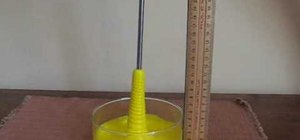
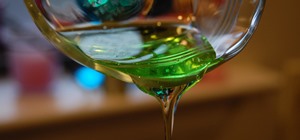
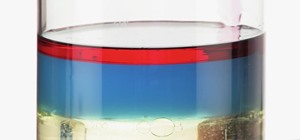
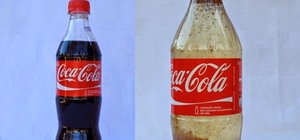


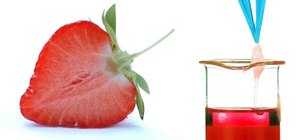
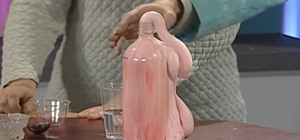
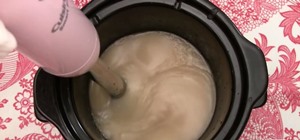

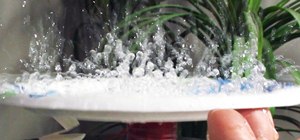
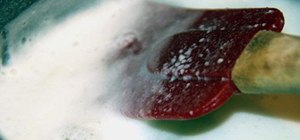
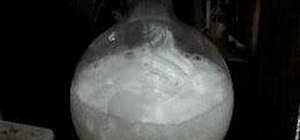

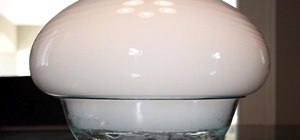

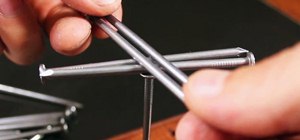
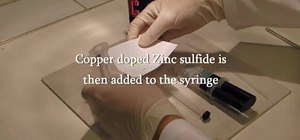

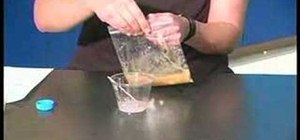
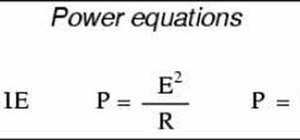
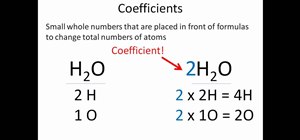
Be the First to Comment
Share Your Thoughts